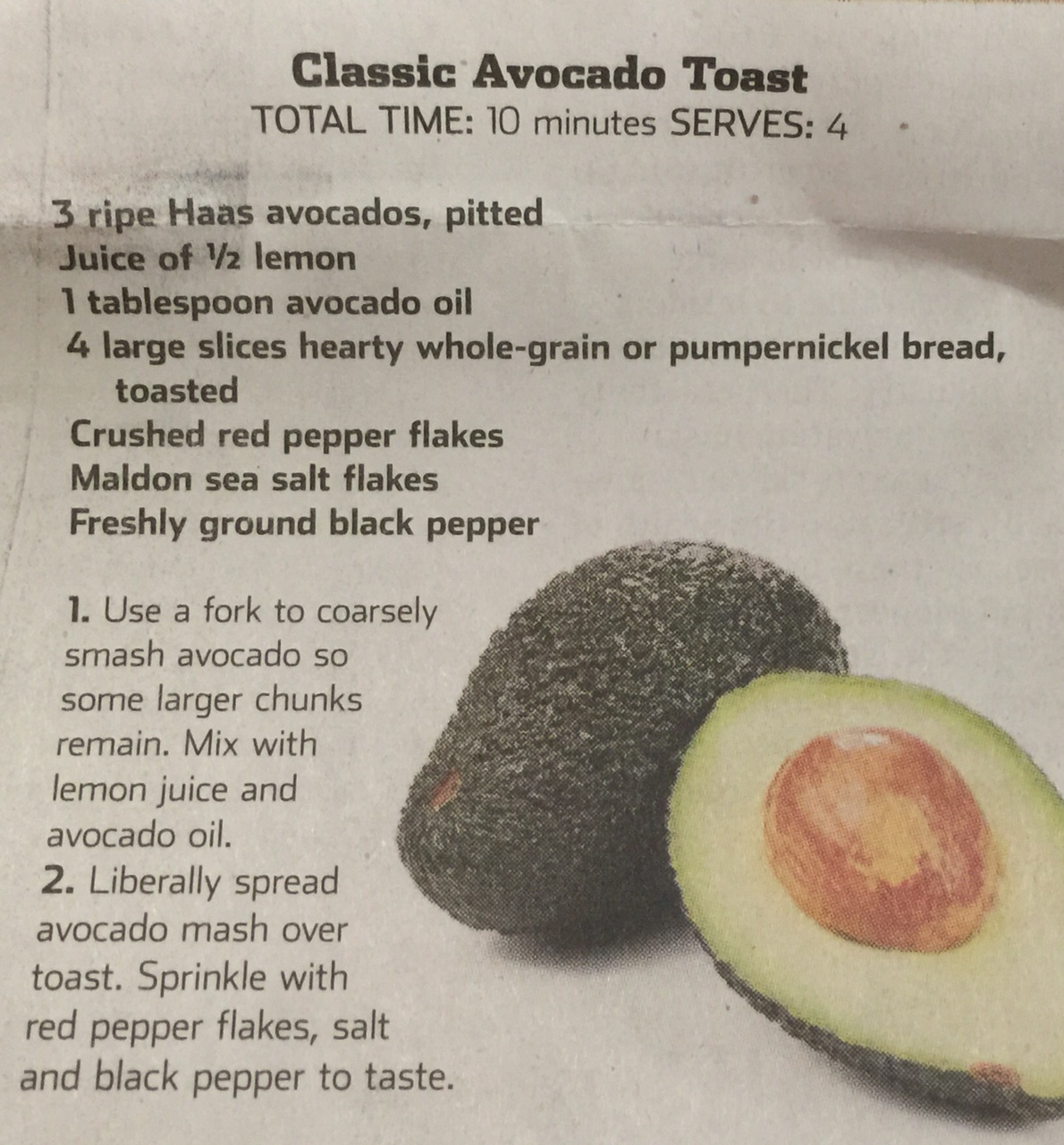These delicious Vietnamese dumplings are made with tapioca flour, and filled with a mixture of shrimp and pork that’s been seasoned with fish sauce and green onion, and then the dumplings are cooked in banana leaves. The tapioca wrapper becomes translucent, and has a unique chewy texture that contrasts beautifully with the savoury filling.
Mongolian steamed dumplings, these are most often filled with mutton, onion, and garlic. The flour used for the dough can be either wheat, or a mixture of wheat, barley, and buckwheat.
Made with glutinous rice flour, daifuku are dessert dumplings with sweet fillings such as red (adzuki) bean paste, lotus seed paste, sweetened plum, and pureed chestnuts. The flour can be tinted with green tea, and can also have sesame seeds added to it for texture.
Common foods not only in South and Central America, but also in Spain and Portugal (from whence they originated), these can be filled with anything you can imagine: Argentine empanadas are filled with a mixture of ground beef, olives, onions, and raisins, while in Portugal, you may find them filled with sardines or pork loin. Vegetarian versions are common as well.
Made with very thin wrappers and usually filled with a mixture of finely-chopped pork and vegetables, these fried Japanese dumplings are staples at just about any restaurant you visit. They’re also ridiculously easy to make at home, and can be stuffed with your filling of choice.
6. Ha Gao (or Har Gow)
Chinese shrimp and pea shoot dumplings wrapped in rice paper: the wrapper goes translucent when steamed, making these morsels into tiny bite-sized jewels. The flavours within complement each other gorgeously.
If you think you’d enjoy a mixture of pork, beef, cilantro, chili pepper, and fenugreek, you’d likely love these Georgian dumplings. Some people make them with caraway seeds instead of Fenugreek, but both add a very subtle bitter note to the filling.
An Eastern European Ashkenazi Jewish specialty, kreplach are filled with a mixture of minced meat and mashed potato, and are usually served in soup.
9. Kroppkaka (Plural: Kroppkakor)
Don’t let the name put you off: these Swedish stuffed dumplings filled with smoked pork, onions, and cracked pepper, and can be served with either cream, or lingonberry jam.
These Korean dumplings can be made with store-bought gyoza wrappers, and are most often filled with minced kimchi, or kimchi and tofu. These base fillings are mixed with bean sprouts, shredded carrots, garlic, leeks, and green onion, and seasoned with ginger, garlic, and brown sugar. These are then either steamed, fried in sesame oil, or boiled in soups.
A different kind of Turkish delight altogether, these are filled with a mixture of minced lamb, onion, pine nuts, and garlic, doused liberally with smoked paprika, and served with yoghurt.
Literally translated as “a sack for your maw”, these large Schwabian dumplings are filled with spiced meat, spinach, breadcrumbs, and herbs. They can either be pan-fried with onions, or simmered in a broth.
Popular in both Tibet and Nepal, the Nepalese momo has more vegetables than its Tibetan cousin. Most commonly made with ground buffalo or yak meat, you can substitute beef or pork if those aren’t readily available. Vegetarian versions can be made with cabbage, onions, and herbs. Mixed with spices and fresh herbs, the filling is stuffed into flour wrappers, pleated, and then the dumplings are steamed.
Hailing from Cornwall, these are large dough pockets stuffed with chopped beef, potatoes, carrots or parsnips, and peas, and then baked until golden brown. They were traditionally made as lunch for miners, and one corner may have been created as a “dessert”, with the filling at that end consisting of jam, or cream cheese and fruit.
Like a cross between an Italian tortellini and Turkish manti, these are little folded and wrapped savoury dumplings that are easily recognized by the thickness of the dough. They can be filled with meat (goat, mutton, poultry), mushrooms, vegetables, or cheeses, but never have sweet fillings. These are boiled, and then served with melted butter, sour cream, and chopped green onion or chives.
Known as varenyky in Ukranian cuisine, Pierogis are made of wheat dough, and filled with a variety of stuffings such as mashed potato with onion and cheese; sauerkraut; wild mushrooms and buckwheat; spiced ground beef; even sweet fillings like blueberries, gooseberries, or plums.
Anyone who’s a lover of Italian cuisine will be well-acquainted with these pillows of glee. Dough squares are filled with anything from ground meat or cheese to squash, nuts, herbs, and even fruit, sealed well, and then boiled. They can be served with any kind of sauce, or even lightly pan-fried and topped with browned butter.
These Indian delicacies are usually stuffed with a mixture of spicy potatoes, onions, and peas, and can be either baked or fried. They go wonderfully with tamarind or mango chutney, or any other sweet/sour dipping sauce.
Sweet and adorable, these Czech dumplings are as delicious as they are simple to make. A small, whole fruit (like a plum or apricot) is wrapped in a dough made of flour, egg, milk, and butter, and then dropped into a pot of boiling water. They’re considered “done” once they’ve risen to the surface and bobbed around for a couple of minutes, and are then immediately rolled in a mixture of melted butter, sugar, and cinnamon.
Translated as “little ears”, these tiny Polish dumplings are usually filled with assorted wild mushrooms and onion, or minced meat. They can be boiled and served with melted butter and chives, or in borscht-style beet soup.
If you’ve never tried these steamed “soup dumplings”, you must. The filling is made of seasoned ground pork, but the magic of these little beauties is the gelatin: cubes of gelatinized chicken or pork broth are mixed in with the rest of the filling, so that when the dumpling is sealed and steamed, the gelatin melts and creates a “soup” inside.




 Thinking about venturing into the world of Sourdough? Read
Thinking about venturing into the world of Sourdough? Read